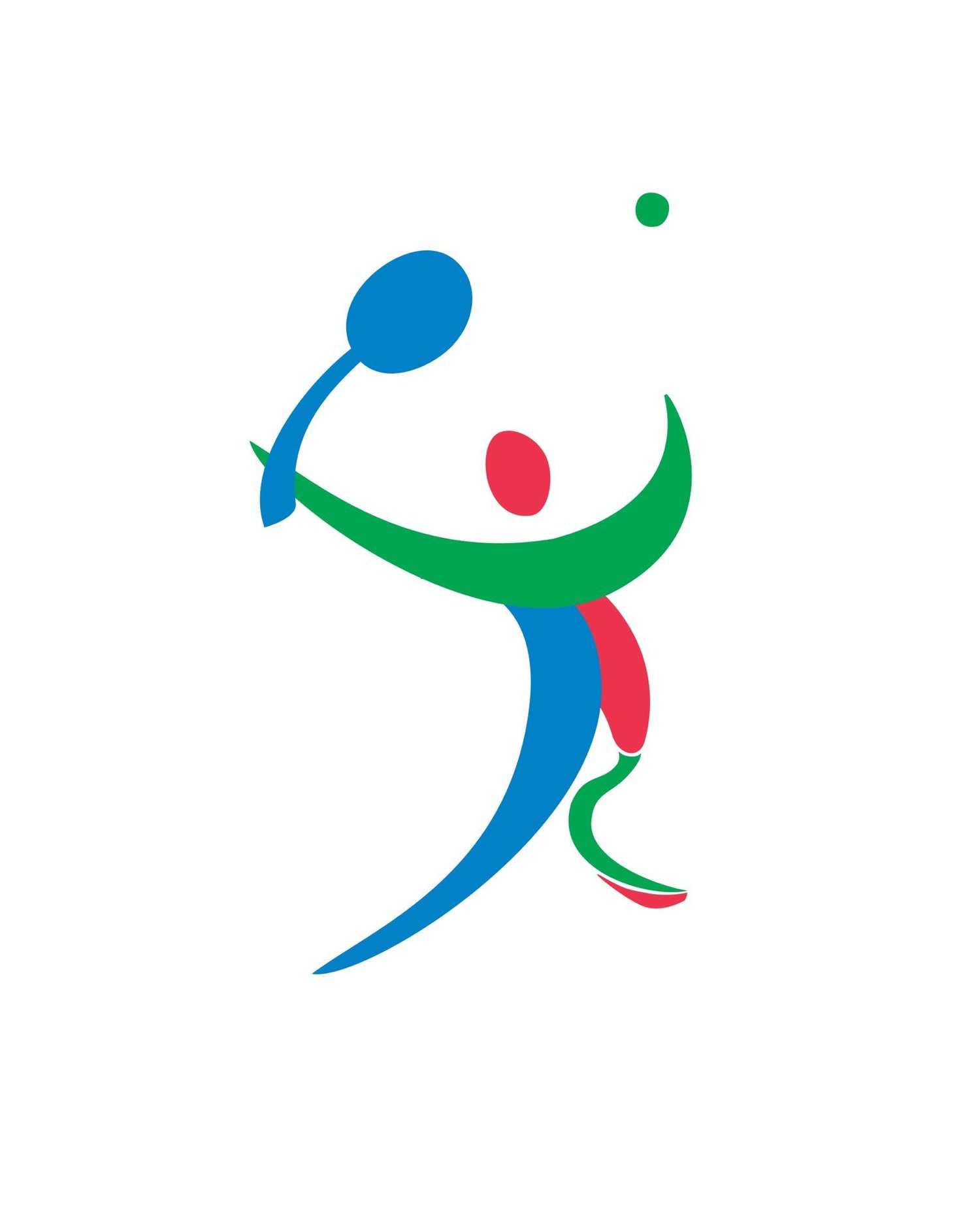We are founded on the belief that tennis should be accessible for everyone.
Tennis players with ambulatory disabilities are currently excluded from mainstream competition, including the Paralympics.
Standing categories in Table Tennis and Badminton are already recognized at the Paralympics, and we believe Para-Standing Tennis deserves the same status.
Our Goals
Inclusion of Para-Standing Tennis among the modalities supported by tennis federations globally
Recruitment of more female players and younger players
Access to the Paralympic Games and Grand Slams
Classification System
All athletes must have an IPC-eligible disability (link) to qualify for Para-Standing Tennis.
Classifications in Para-Standing Tennis are based on the existing system used in Para-Standing Badminton. Beginning with our 2024 World Championships, we will be introducing an independent process to ensure athletes are classified accurately, supported by IPC-trained officials.
All categories play on a full-size tennis court. Rules are identical to mainstream tennis, but PST1&2 play with one bounce, while PST3&4 play with two bounces.
Formal classification guidelines can be found in this table (link). Please contact us for more detail on eligibility and any questions regarding classification.
Classification 101
With thanks to Adam Hills and the LTA, please watch this short video for a quick explainer on our classification system.
-
PST 1
Unilateral upper limb amputee or similar impairment.
1 bounce allowed
-

PST 2
Unilateral below-knee amputee, mild cerebral palsy, or other impairment with similar mobility level.
1 bounce allowed
-

PST 3
Above-knee or bilateral below-knee amputee, bilateral arm impairment, or moderate to severe cerebral palsy.
2 bounces allowed
-
PST 4
Short stature or other impairment with similar impact on mobility.
2 bounces allowed
Leadership
President: Ivan Corretja
Vice-President: Gregory Leperdi
Secretary: Thalita Rodrigues






